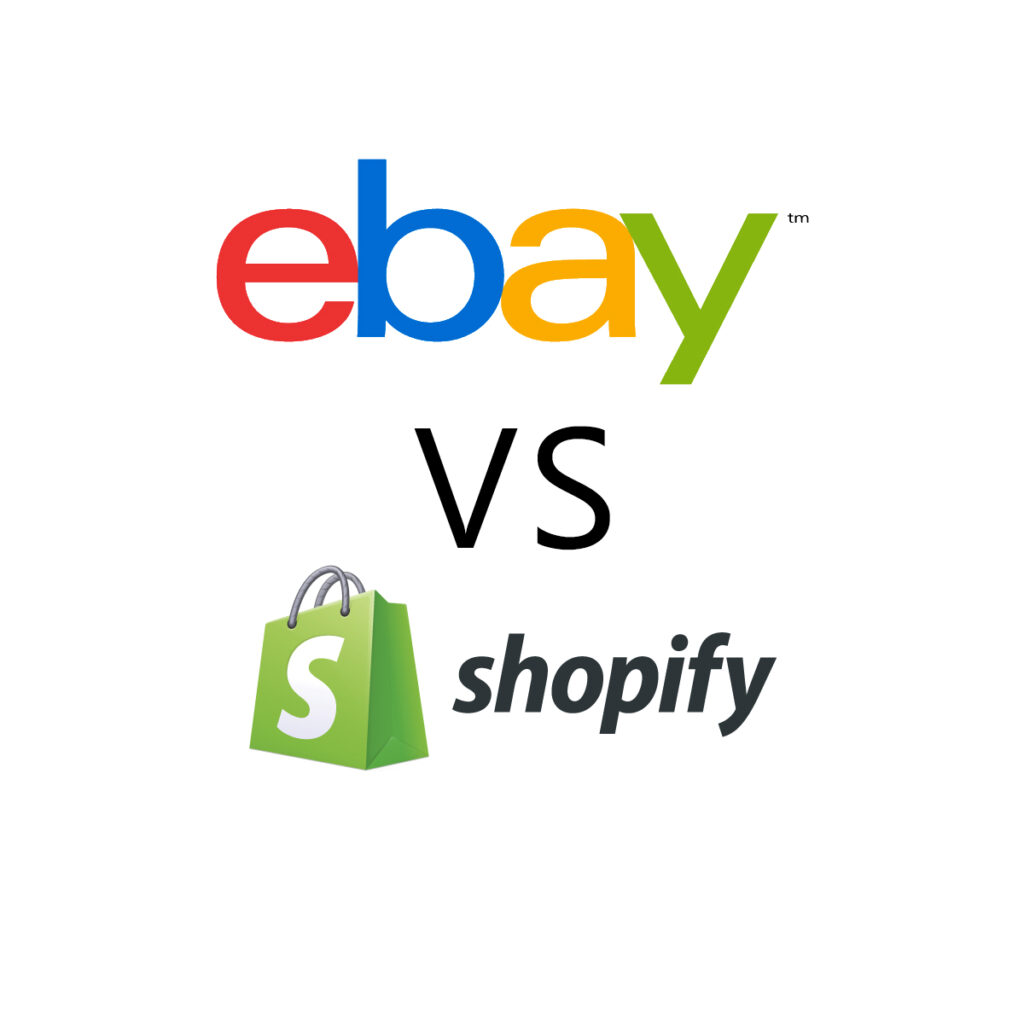In the ever-evolving world of e-commerce, staying ahead of the curve is crucial for success. As we step into 2024, let’s explore the top trends that will shape the future of online retail.
1. Augmented Reality (AR) Shopping Experiences: Visualize products in your space before purchasing? AR is turning this concept into reality. In 2024, expect more e-commerce platforms to integrate AR, allowing customers to virtually try before they buy.
2. Sustainable E-commerce Practices: As environmental consciousness grows, consumers are prioritizing sustainability. E-commerce businesses are responding by adopting eco-friendly practices, from sustainable packaging to carbon-neutral shipping options.
3. Voice Commerce on the Rise: With the widespread adoption of smart speakers and virtual assistants, voice commerce is becoming a game-changer. Optimizing your online store for voice searches will be crucial to staying competitive in 2024.
4. Personalization Beyond Product Recommendations: Beyond suggesting products, personalization is delving deeper into the customer journey. Tailoring the entire online experience, from content to user interfaces, will be key to fostering customer loyalty.
5. NFTs and Blockchain Integration: Non-fungible tokens (NFTs) and blockchain technology are making their mark in e-commerce. From verifying product authenticity to creating unique digital assets, expect more e-commerce platforms to leverage blockchain in 2024.
6. Livestream Shopping Experiences: Interactive shopping experiences are taking center stage. Livestream shopping allows customers to engage with products in real-time, ask questions, and make purchases directly during the stream. It’s the QVC of the digital age.
7. Instant and Sustainable Delivery Options: In a world that values convenience, instant delivery is becoming the norm. Additionally, the emphasis on sustainability is driving the development of eco-friendly delivery options, such as electric vehicles and bike couriers.
8. Social Commerce Evolution: Social media platforms are evolving into shopping hubs. Instagram, Facebook, and TikTok are integrating seamless shopping experiences, allowing users to discover, explore, and purchase products without leaving the app.
9. AI-Enhanced Customer Support: Artificial Intelligence is revolutionizing customer support. Chatbots and AI-driven assistants are becoming more sophisticated, providing instant assistance, product recommendations, and personalized interactions.
10. Virtual Try-Ons for Fashion and Beauty: Enhancing the online shopping experience for fashion and beauty products, virtual try-ons are becoming more sophisticated. Expect advanced technologies that accurately simulate how clothing and makeup will look on individual customers.
Embrace these trends to future-proof your e-commerce business in 2024. By staying agile and adapting to the latest technologies and consumer expectations, you’ll position your online store for sustained growth and success in the years to come.


